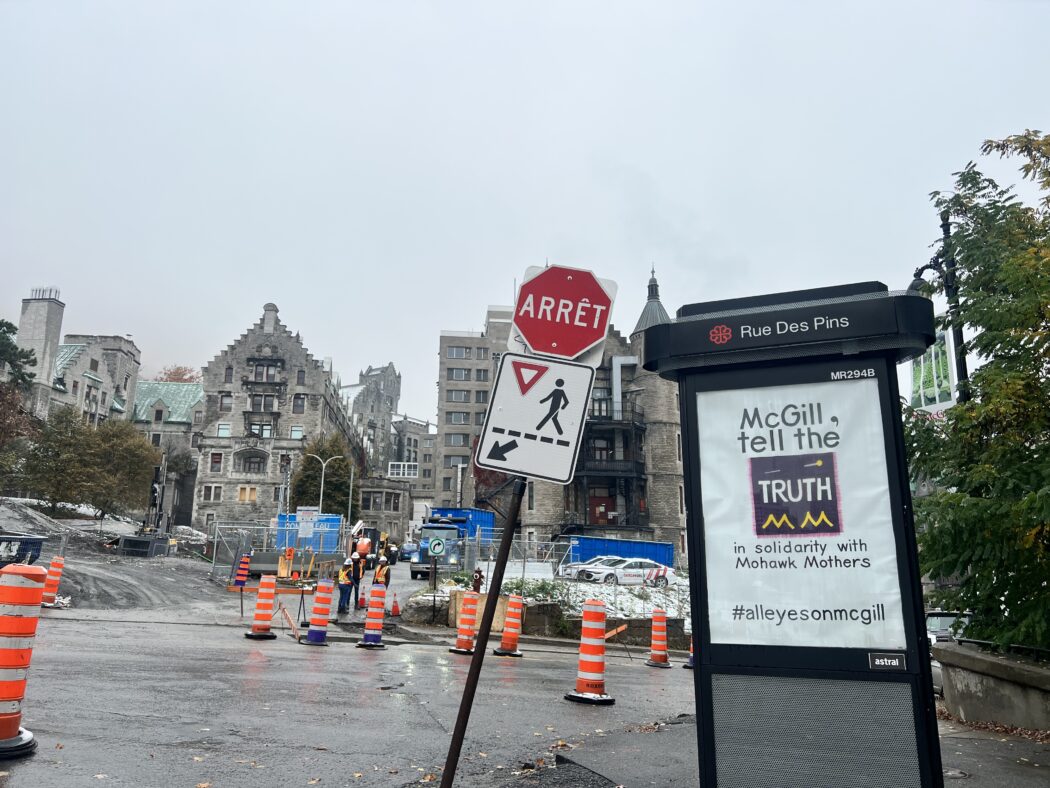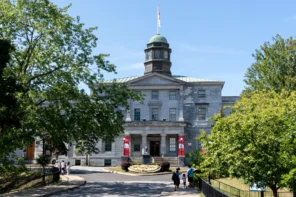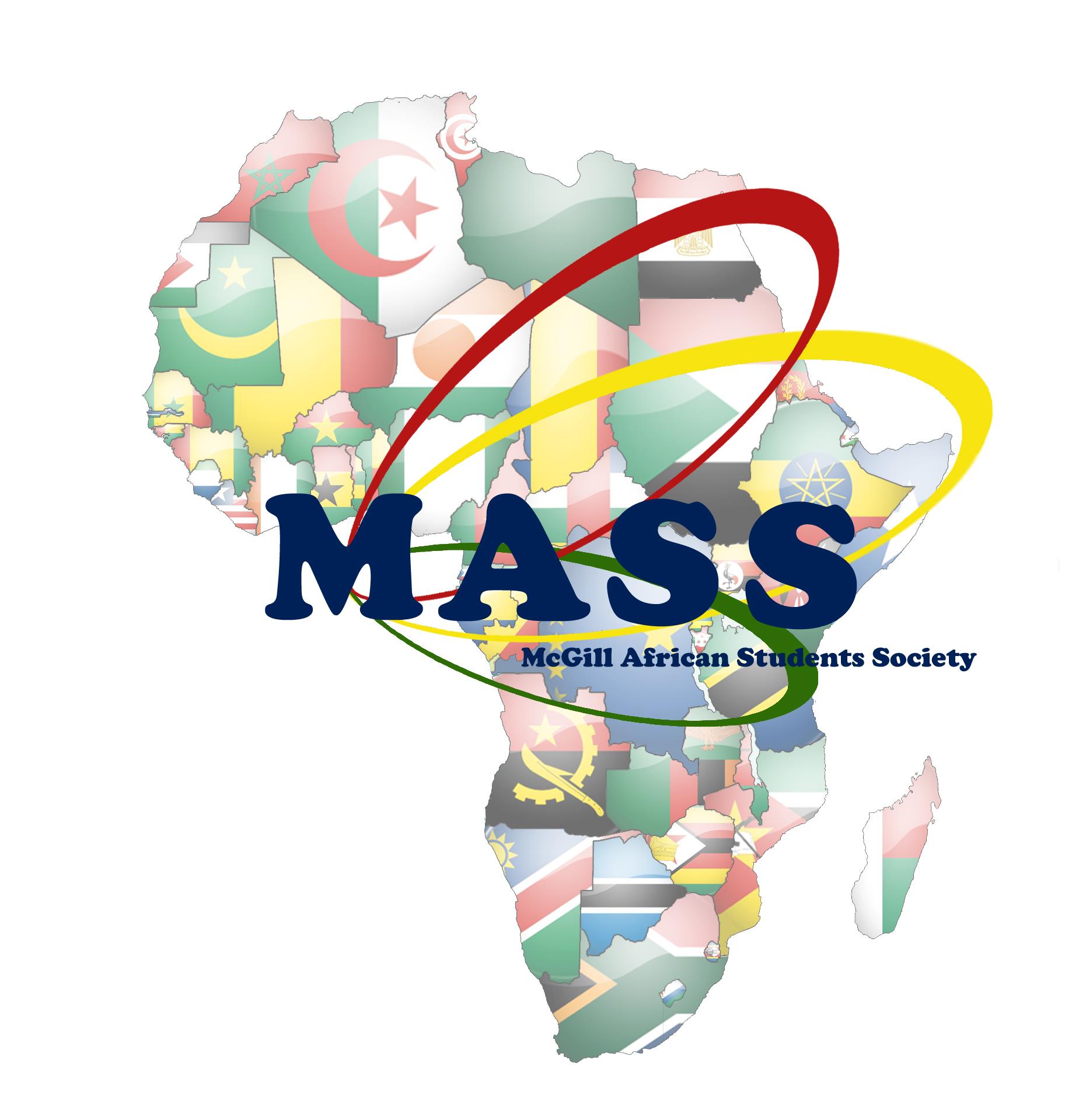McGill is launching a new construction project, the New Vic, that aims to transform the old grounds of Royal Victoria Hospital into greater learning and public spaces. The hospital was established in 1893, on Avenue des Pins, and over the years, a strong partnership with McGill had developed. Over a century, the two research institutions have heavily collaborated, with the hospital becoming part of McGill University Health Centre. Royal Victoria Hospital has not been in use since 2015, as operations have been relocated to the Glen. In 2015, not only did the Royal Victoria Hospital relocate, but so did the Montreal Children’s Hospital and Montreal Chest Institute, where a significant and effective process of relocation succeeded. However, the grounds of Royal Vic, known as the Legacy site, remained thereafter.
McGill’s aim with the New Vic Project is to utilize part of the vacant area as spaces for research and students, which would honor their previous partnership with the hospital. In a document released by the Campus Planning and Development team, titled the Master Plan, McGill maps out the intended strategy for their downtown campus. The strategy of the development projects is divided into sections, namely the lower campus, upper campus west, upper campus east and campus north, where each has its transformation described in the Master Plan document. The emphasis is on the old Royal Victoria site, which will be included in Campus North, as “McGill’s health and wellness destination” (24). Plans for Campus North also include various new research and student spaces, a specific area for neurosciences and a new route to connect the campus to the mountain and the plateau. Therefore, these are the aims and intended goals of the New Vic project, which is part of a greater master plan for the further development of the campus of McGill.
In parallel to the developing project, McGill has acknowledged, in their master plan and in various forms of communications to the student body, that the university stands on unceded and traditional Kanien’keha: ka territory, long being served by Haudenosaunee and Anishinaabeg nations. With construction on unceded territory, the Mohawk Mothers of Montreal have come forward throughout the years stating how these plans will disturb sites of unmarked graves. On their website, they have collected statements from Indigenous survivors claiming that the old Royal Victoria retains unmarked graves of Indigenous children who have lost their lives to the CIA’s MK ULTRA experiments. Since the very first year of Royal Vic’s relocation, the Mohawk Mothers have been involved in various legal battles with McGill. In 2021, a change.org petition to Investigate Unmarked Graves at McGill University, amassed 22 809 signatures. The concern is regarding the excavation and construction process being undertaken by redeveloping the site, which will affect the alleged unmarked graves without proper investigation.
In October 2022, the Superior Court of Quebec granted a temporary injunction which halted the construction, to allow an investigation on these claims. In April of 2023, the superior court had mediated a plan, in which a rectified settlement agreement was drawn for all parties to move forward. All parties, including McGill University, the Société Quebecoise des Infrastructures and the Kanien’keha: ka Kahnistensera, have found an agreement which will put in place a suitable archaeological plan. The ongoing development project, by this settlement agreement, will now include an appointed panel of three archaeologists, selected by all parties, to study the land and receive all results of the archival work. The panel will oversee the application of the needed archaeological techniques depending on the zone in question. They will oversee and guarantee the necessary procedures to detect unmarked graves. Additionally, Cultural Monitors, appointed by the Kanien’keha: ka Kahnistensera, will be present at the site. Many other vital agreements are in the document; I have outlined the most pertinent ones.
Over the summer, reports have shown that cadaver dogs have identified possible human remains. The Mohawk Mothers remain certain that more evidence will be discovered of the children who had been buried in the 1950’s and 60s, due to the experiments undertaken. As recently as this September, McGill’s statement certifies that no human remains have been detected. Their statements up to October have continued to claim the same. For now, the future of the Royal Vic project excavation process and the urgent claims of the Mohawk Mother’s remain uncertain.








